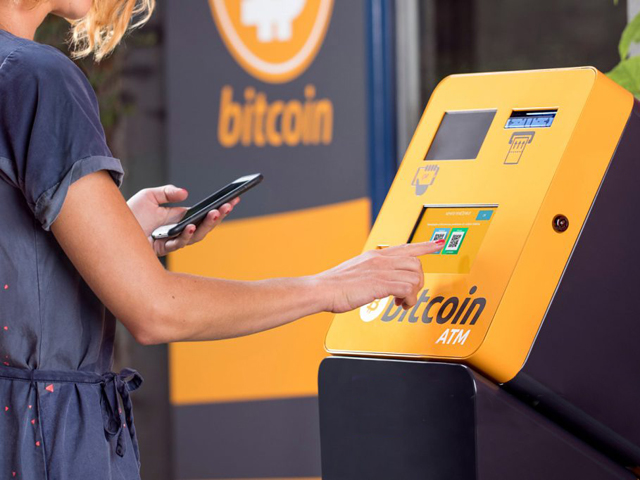
Coinposters
U.S. Bitcoin ATMs Growth Has Been Declining

The Bitcoin ATM ecosystem was hit by the domino effect of a lengthy down market in September 2022. When it registered negative growth in worldwide net installations for the first time in history. This was mostly caused by a slowdown in the United States.
According to the statistics provided by CoinATMRadar, the overall number of Bitcoin ATMs that have been installed over the course of time decreased to 37,980 in September from an all-time high of 38,776 ATMs in August. This resulted in a decline of -2.05%.
It was estimated that there were more than 50,000 of these devices spread out around the nation. The popularity of these machines has increased in recent years with that of cryptocurrencies. They are lucrative on several levels, which is one of the reasons why small firms. These are where they are most often found and are attracted to them.
The data on the net changes of cryptocurrency ATM installations reveal that 796 cryptocurrency ATMs. These were removed from the worldwide network in the month of September.
Only in the United States was it reported that 825 ATMs were taken out of service. On the other hand, Europe, Canada, and a few other nations were able to soften the blow with additional installations in their own regions.
Geopolitical tensions, among other considerations, including a lack of regulatory clarity and market concerns. May be ascribed to the abrupt fall in the number of cryptocurrency ATM installations.
Little About Bitcoin ATMs
Customers are able to acquire BTC and other cryptocurrencies via an automated teller machine (ATM). The term “ATM” should not be used for these machines.
These devices are not automated teller machines (ATMs), and they do not issue currency. Instead, they are just kiosks that are connected to the bitcoin network and provide users the ability to buy crypto tokens using cash that they have placed with the kiosk.
The majority of big financial institutions do not run Bitcoin ATMs, and these machines do not link their consumers to any existing bank accounts.
In most cases, purchasers will use a quick response (QR) code that corresponds to their very own bitcoin wallet address. This is the address to which newly acquired coins will be transmitted.
If the customer does not already own a wallet, they are given the option to make one for themselves. Following the completion of the transaction, a record of the bitcoin will show up in the customer’s wallet. But the processing of this may take several minutes.
When utilizing a bitcoin automated teller machine, customers are required to pay a service fee. Instead of a predetermined sum of money, this fee is almost often assessed as a percentage of the total value of the transaction.
The Consumer Financial Protection Bureau (CFPB) has issued a warning to customers that the costs that are associated with using Bitcoin ATMs may be very expensive. And that the exchange rates that are provided may not be as competitive as those that consumers might obtain elsewhere.
According to CoinFlip, a company that operates Bitcoin ATMs, the company’s average cost for purchases is around seven percent more than the current price for bitcoin.
Latest
Bitcoin
09 May 2024
Bitcoin
19 Apr 2024
Bitcoin
16 Jan 2024
Bitcoin
31 Aug 2023
Bitcoin
24 Jun 2023
Bitcoin
24 Jun 2023













